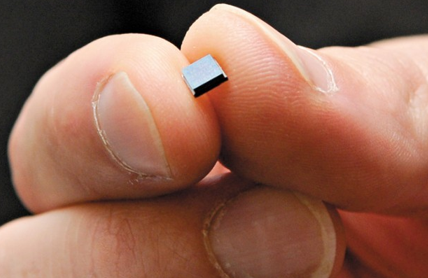MEMS sensor
Microsystems technology(MST) has created the conditions for the development of the smallest mechanical/electronic components, such as those increasingly used in mobile devices, medical technology and industrial and consumer products. Such microsystems-based sensory miniature devices that convert a physical quantity into an electrical one are MEMS sensors.
Like traditional sensors, MEMS sensors convert a wide variety of physical quantities into electrical voltages. This can be light, torque, temperature, speed, acceleration or vibration, pressure, magnetic flux or any other physical quantity. The conversion is based on static, magnetic, optical, piezoelectric or electrothermal methods.
Whereas the first microsensors consisted of the sensing element and a downstream low- noise amplifier, newer MEMS devices consist of an integrated chip of sensing element with sensitive preamplifier and DA converter, an analog front end( AFE). The advantages of MEMS sensors are clearly compactness, production technology and integration on a chip.
Examples of MEMS sensors include MEMS inertial sensors, MEMS microphones, gyro sensors, image sensors, pressure sensors, temperature sensors, inertial sensors, and velocity sensors.

